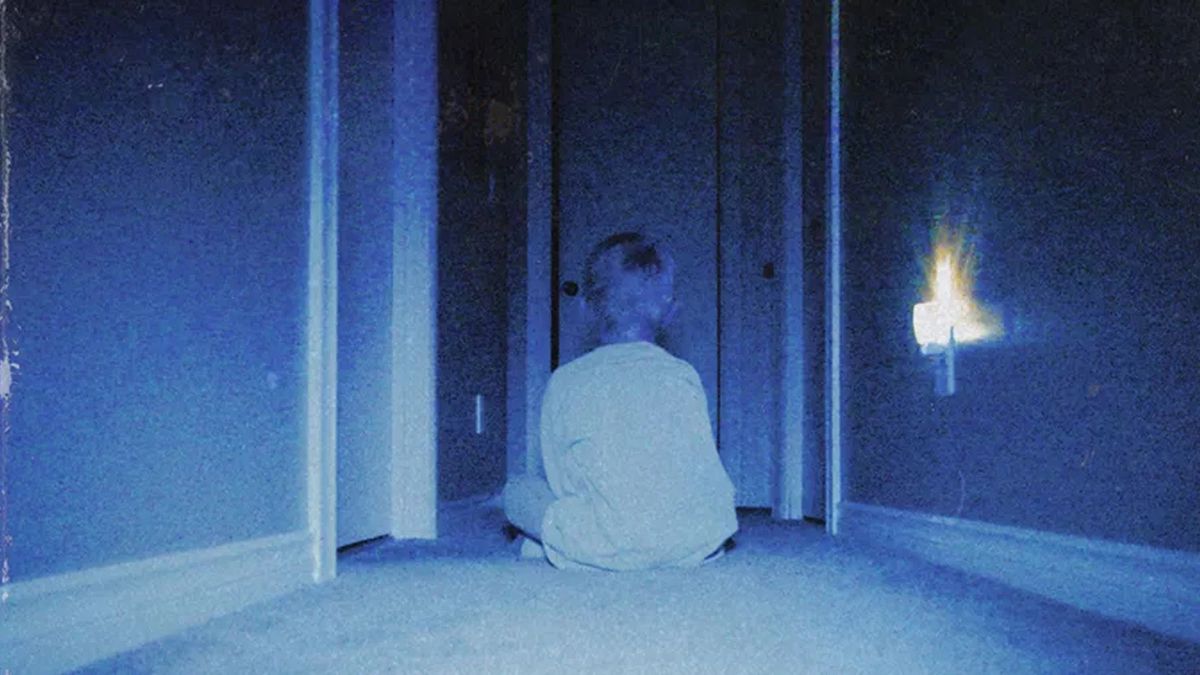By Joshua Raymundo
Staff Writer
As they slowly shuffle past the black gates of Gabrielino High School, one could infer
that the people walking are not zombies: they are AP students.
Sleep deprivation seems to be common among AP students, mainly because of workload and the number of AP classes each student takes. Steps must be taken address this problem because it is detrimental to the well being of Gabrielino students. Sleep deprivation is extremely common among high school students. A National Sleep Foundation poll in 2006 found that 87 percent of high school students do not get eight to ten hours of sleep. AP classes seem to exacerbate this problem.
A study conducted by the National Center for Biotechnology Information of over 2,197 students in Iowa found that sophomores and juniors who took more than two AP classes had one and a half less hours of sleep, compared to those who took two or less APs. AP classes are demanding and rigorous, so taking multiple classes is an incredibly arduous task with a clear effect on one’s amount of sleep. This has instigated debate over whether AP classes in high schools should be limited.
Many parents and students alike remain adamant that taking multiple AP classes is necessary to get into college. While taking AP classes certainly helps one’s admission to college, taking too many is unnecessary. Halle Edwards, writer for PrepScholar, details that the most selective universities are looking for students to take between seven to 12 AP classes, selective universities range from four to eight, and less selective universities range from one to five. Edwards states that the most AP classes one should take in one year is four, as anything else would be detract from a student’s ability to participate
in other activities. This is the very problem. Students at Gabrielino are too focused on the idea that more means better.
The reality is that taking five to six AP classes in one year can be damaging because that student loses time for extracurricular activities and sleep, which detracts from their ability to perform well in school. Colleges look for well rounded students—not ones who have flashy GPAs. Thus, Gabrielino needs to institute limit that prohibits students from taking more than four AP classes each year. There is no California law that would deem this action illegal because the decision is ultimately up to the high school itself. Having a limit would produce well-rounded, healthy students and would not hurt any student’s chance of getting into college.
Students would still be able to take enough AP classes to fulfill the amount suggested by the country’s top universities. This change is certainly foreboding, but it would focus on producing bright, versatile students, rather than the sleep-deprived shells of their potential that they are now.

